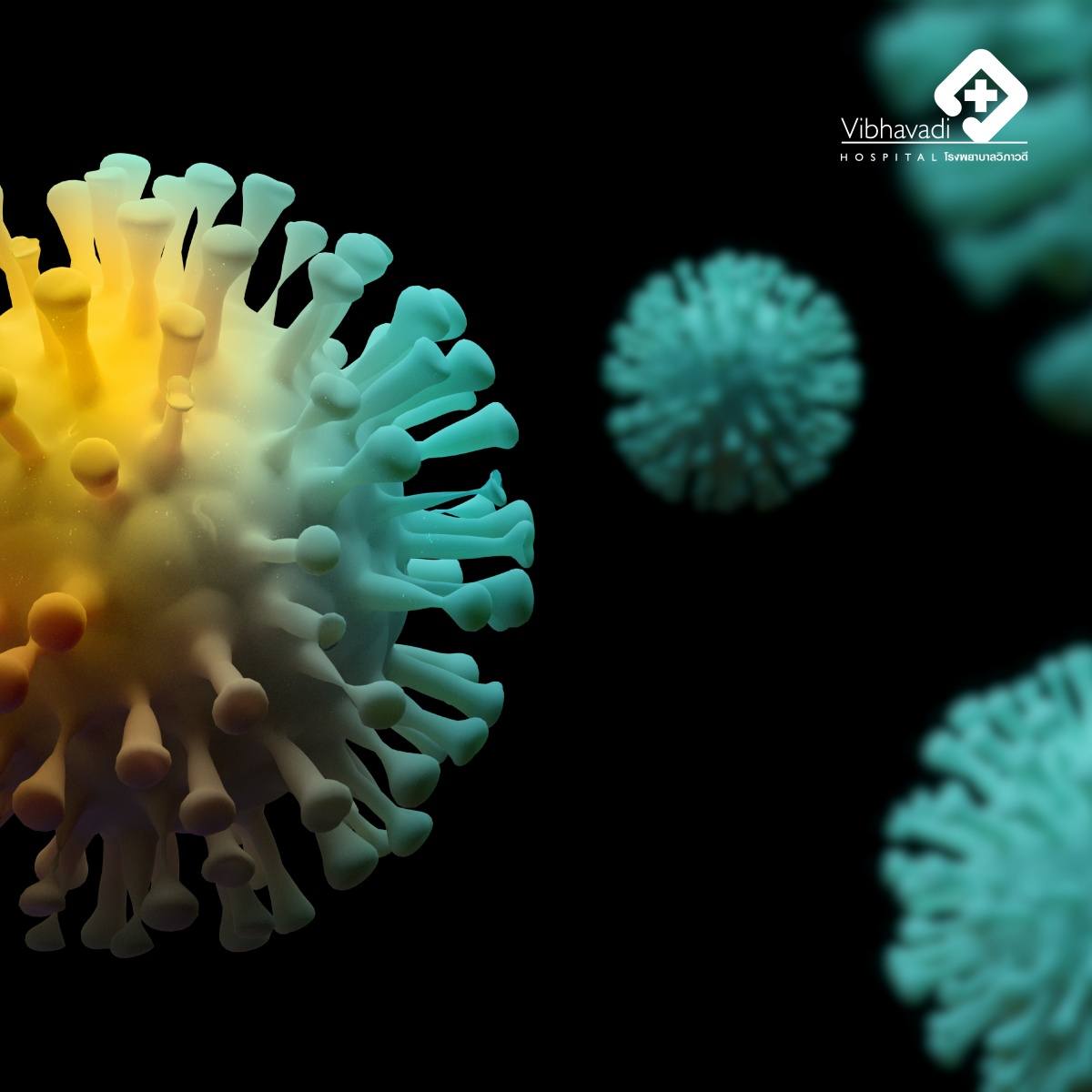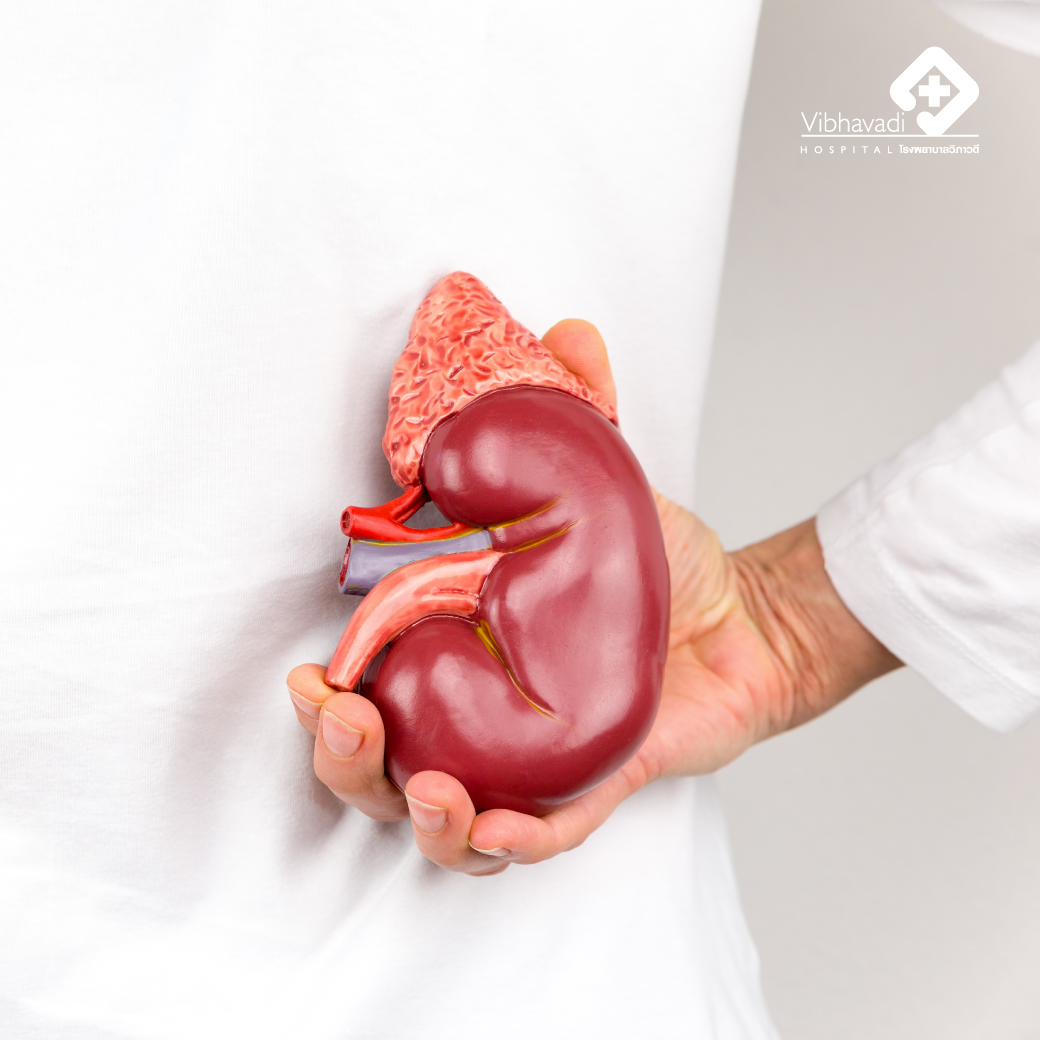Plantar Fasciitis, also known as Heel Spur Disease
Plantar fasciitis is a condition characterized by inflammation of the plantar fascia, the tissue that runs along the bottom of your foot. This condition is quite common, especially among women, and typically manifests as pain in the heel area, particularly when weight is placed on the foot. The pain is often most severe in the morning when getting out of bed and tends to fluctuate based on activity. The inflammation occurs where the fascia connects to the heel bone and can extend to the Achilles tendon. If left untreated or improperly managed, the condition can become chronic and may cause pain throughout the day.
Causes
Plantar fasciitis is caused by excessive strain on the plantar fascia and arch of the foot, which absorbs shock when we walk or run. This strain can lead to the formation of fibrous tissue and chronic inflammation over time.
Risk Factors
1.Abnormal foot structures, such as high arches or flat feet.
2.Excessive body weight, which increases stress on the feet.
3.Frequent wearing of high-heeled shoes.
4.Running with excessive heel strike.
5.Running on hard surfaces or wearing shoes that are too hard or thin and do not provide adequate cushioning.
6.Older age, as the plantar fascia loses elasticity.
7.Occupations that require prolonged standing or walking, causing the fascia to become tight.
Symptoms
The primary symptom of plantar fasciitis is pain in the bottom of the foot, around the heel and up to the Achilles tendon. The pain is typically sharp, like being stabbed or burned, and is most intense after periods of inactivity, such as after waking up or standing up from a seated position. While the pain may improve with activity, it can become chronic and severe if not properly treated, potentially interfering with daily life.
Diagnosis
Plantar fasciitis is usually diagnosed through a medical history and physical examination. Additional tests may include:
X-ray: To detect calcium deposits at the attachment point of the fascia if inflammation has been present for a long time.
Ultrasound: To show thickening of the plantar fascia, indicating inflammation.
Treatment
Treatment begins with medication and lifestyle modifications. If symptoms persist, further interventions may be necessary:
- Medications: Anti-inflammatory drugs, muscle relaxants, and pain relievers should be taken under a doctor's supervision and not for extended periods.
- Soft Cast: Used initially to reduce inflammation.
- Stretching and Warm Soaks: Stretching the plantar fascia and soaking the feet in warm water.
- Supportive Footwear: Using soft insoles or appropriate shoes.
- Physical Therapy: Utilizing heat, such as ultrasound therapy.
- Shock Wave Therapy: For cases unresponsive to medication and lifestyle changes, or to accelerate recovery.
- Surgery: Considered when non-surgical treatments fail after a certain period, with the choice of technique tailored by the physician.
Prevention
Since plantar fasciitis is often related to lifestyle, self-care is crucial:
- Choose Appropriate Footwear: Shoes that are not too tight, have soft soles, and include insoles, especially for those who are overweight or use their feet a lot.
- Maintain a Healthy Weight: To reduce stress on the feet.
- Avoid Prolonged Foot Stress: Such as standing or walking barefoot on hard surfaces.
- Proper Running Technique: Shorten strides and distribute weight evenly across the foot.
- Take Breaks: When using feet intensively or wearing unsuitable shoes, take breaks and stretch the plantar fascia regularly.
- Consult a Specialist: For those with abnormal foot structures, custom-made shoes may be necessary.















